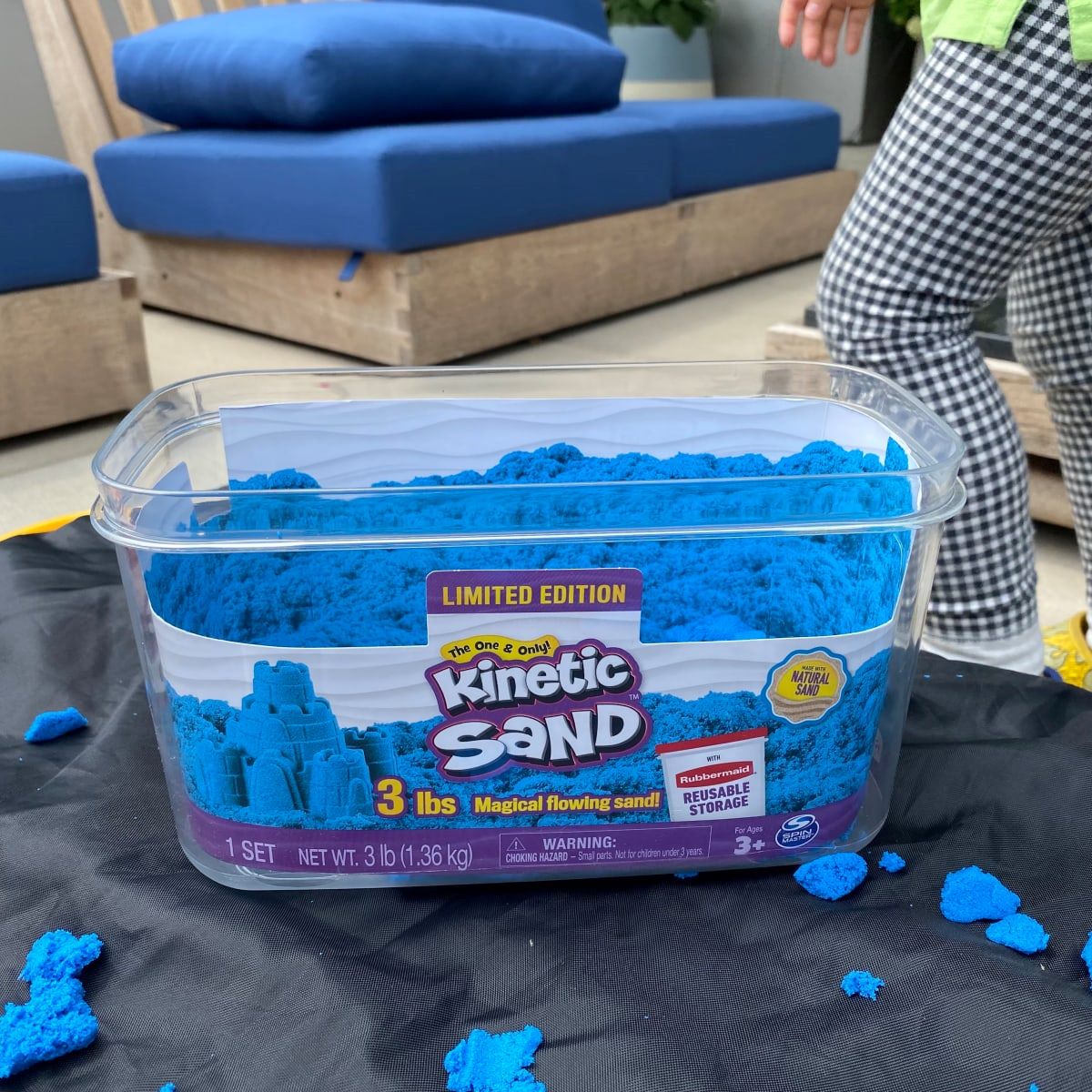

Articles
How To Store Kinetic Sand
Modified: May 6, 2024
Discover the best articles on how to store and preserve your kinetic sand for maximum playtime and longevity.
(Many of the links in this article redirect to a specific reviewed product. Your purchase of these products through affiliate links helps to generate commission for Storables.com, at no extra cost. Learn more)
Introduction
Welcome to the fascinating world of kinetic sand! This unique, moldable material has gained immense popularity among children and adults alike. Its mesmerizing texture and ability to hold its shape make it a versatile and engaging playtime option. But, just like any other toy or material, proper storage is crucial to maintaining its quality and longevity.
In this article, we will delve into the importance of storing kinetic sand correctly and provide you with helpful tips and guidelines to ensure that your kinetic sand remains in pristine condition for a long time.
Why is proper storage necessary? Well, kinetic sand is made up of special polymers that give it a soft, pliable, and non-sticky texture. If improperly stored, it can harden, dry out, or become contaminated, leading to a less enjoyable play experience. By following the right storage methods, you can extend the lifespan of your kinetic sand and keep it ready for fun whenever you want to indulge in a creative play session.
So, let’s get started on understanding the importance of proper storage and the materials needed to safeguard the quality of your kinetic sand.
Key Takeaways:
- Proper storage of kinetic sand is crucial to maintain its unique texture and usability, preventing it from drying out or becoming contaminated. Follow simple steps to preserve its quality and extend its lifespan.
- Choose airtight containers or ziplock bags to store kinetic sand, keeping it clean and moldable. Regularly inspect, clean, and avoid mixing with other substances to ensure long-lasting enjoyment.
Read more: How To Store Sand
Why Proper Storage Matters
Proper storage is essential for maintaining the quality and usability of your kinetic sand. Here are a few reasons why it matters:
- Preserves Texture: Kinetic sand is known for its unique texture that allows it to flow and hold its shape. By storing it correctly, you can prevent it from drying out or hardening, ensuring that it retains its softness and pliability. This will ensure a consistent and enjoyable play experience every time.
- Prevents Contamination: Kinetic sand is prone to picking up debris, dust, and other particles from its surroundings. Proper storage helps to protect it from contamination, keeping it clean and safe for use. Remember, the cleaner your kinetic sand, the better it will perform during playtime.
- Cost-Effective: Kinetic sand is not a cheap toy. By storing it properly, you can prevent wastage and ensure that it lasts longer. This will save you money in the long run, as you won’t have to constantly replace dried-out or contaminated sand.
- Quick and Easy Play: Storing your kinetic sand in an organized manner makes it readily available for play whenever you or your kids are in the mood for some creative fun. Imagine having a container of properly stored kinetic sand that is always ready for use, with no need for hassle or time-consuming prep work.
- Prolongs Lifespan: Just like any other material, kinetic sand has a limited lifespan. However, by implementing suitable storage practices, you can significantly extend its usability and lifespan. This means you can enjoy your kinetic sand for months or even years, maximizing your investment and getting the most out of the toy.
As you can see, proper storage is not just a trivial matter when it comes to kinetic sand. It directly impacts the quality, usability, and longevity of this fascinating material. The good news is that storing kinetic sand is quite simple and requires minimal effort. In the following sections, we will discuss the recommended storage materials and provide a step-by-step guide on how to store kinetic sand effectively.
Recommended Storage Materials
When it comes to storing kinetic sand, choosing the right materials is crucial in ensuring its longevity and quality. Here are some recommended storage materials to consider:
- Airtight Containers: Airtight containers are ideal for storing kinetic sand as they provide a barrier against moisture and air, preventing the sand from drying out or becoming hard. Look for containers that have a reliable seal to keep your kinetic sand fresh and ready for play. Plastic containers with tight-fitting lids are a popular choice.
- Ziplock Bags: If you prefer a more portable storage option, consider using sturdy ziplock bags. They are convenient, space-saving, and allow you to easily squeeze out excess air before sealing. Just make sure to choose bags with a good quality seal to prevent any leakage or contamination.
- Plastic Wrap or Aluminum Foil: For smaller quantities of kinetic sand, you can wrap it tightly in plastic wrap or aluminum foil. This will help preserve its moisture and prevent any debris from getting in. It’s a cost-effective storage option that works well for short-term storage or for travel purposes.
- Silicone Molds or Baking Pans: If you have shaped your kinetic sand into specific molds or creations and want to preserve them, using silicone molds or baking pans can be a great option. These molds will help maintain the structure of your creations while protecting them from damage or contamination.
- Clear Plastic Storage Boxes: Clear plastic storage boxes with lids are another excellent choice for storing kinetic sand. These boxes provide a suitable environment to keep the sand moist and free from external elements. Additionally, the transparency of the boxes allows you to easily see and locate your kinetic sand.
Remember, the key is to choose materials that are moisture-resistant, airtight, and capable of keeping your kinetic sand clean and in prime condition. Avoid using paper or cardboard containers as they can absorb moisture and potentially lead to mold growth or damage to the sand.
Now that we have the recommended storage materials sorted, let’s move on to the step-by-step guide on how to store kinetic sand effectively to maintain its quality.
Step-by-Step Guide: How to Store Kinetic Sand
Storing kinetic sand properly is a straightforward process. Follow these simple steps to ensure that your kinetic sand stays fresh and ready for play:
- Clean and Dry: Before storing your kinetic sand, make sure it is clean and free from debris or moisture. Remove any foreign objects and allow the sand to fully dry to prevent mold or mildew formation.
- Select the Right Container: Choose a suitable storage container based on the quantity of kinetic sand you have. Airtight containers with secure lids, such as plastic containers or ziplock bags, are the best options to maintain the sand’s moisture and prevent air exposure.
- Add a Moisture Barrier: To further protect your kinetic sand, you can line the container with a moisture barrier before adding the sand. Options like plastic wrap or aluminum foil can help create a barrier between the sand and the container, preventing any moisture or contamination from seeping in.
- Transfer the Kinetic Sand: Gently transfer the kinetic sand into the chosen container, ensuring you do not trap any air pockets. Avoid overfilling the container, allowing enough space for the sand to be easily moved and manipulated during playtime.
- Seal the Container: Close the container tightly, making sure it is properly sealed. Check for any gaps or openings that could allow air or moisture to enter. A secure seal will ensure that your kinetic sand remains soft and moldable for an extended period.
- Label and Store: If you have multiple containers or different types of sand, consider labeling them to easily identify the contents. Find a cool, dry place to store your containers, away from direct sunlight or extreme temperatures. This will help maintain the quality of the kinetic sand.
By following these steps, you can store your kinetic sand in a way that preserves its texture, cleanliness, and usability. Remember to always follow the manufacturer’s recommendations for storage and care, as some brands may have specific instructions.
Now that you know how to store kinetic sand effectively, let’s explore some helpful tips to further maintain its quality and prolong its lifespan.
Store kinetic sand in an airtight container to prevent it from drying out. Make sure to keep it away from direct sunlight and moisture to maintain its texture and playability.
Tips for Maintaining Kinetic Sand Quality
To ensure that your kinetic sand retains its quality and remains enjoyable to play with, here are some helpful tips:
- Store in a Cool, Dry Place: Kinetic sand is sensitive to moisture and high temperatures, which can cause it to dry out or harden. Store your kinetic sand in a cool and dry place to maintain its soft and moldable consistency.
- Avoid Mixing with Other Substances: Keep your kinetic sand separate from other substances like regular sand, water, or play dough. Mixing different materials can alter its texture and compromise its quality.
- Regularly Inspect and Clean: Periodically inspect your stored kinetic sand for any signs of contamination, mold, or drying. If you notice any unwanted debris or deterioration, discard the affected portion and clean the container before storing the sand again.
- Do Not Add Water: While kinetic sand is designed to be moldable and hold its shape, avoid adding water to it. Water can cause the sand to clump together and lose its desired texture. If your kinetic sand becomes too dry, you can revive it by kneading it with clean and dry hands.
- Keep Hands and Play Area Clean: Before playing with kinetic sand, ensure that your hands are clean and dry to avoid introducing dirt, oil, or moisture. Use a clean play surface or tray, and regularly wipe it down to prevent any unwanted particles from sticking to the sand.
- Use Proper Tools: When playing with kinetic sand, use appropriate tools like plastic molds, scoops, or shovels. Avoid using sharp or metal objects that can damage or puncture the sand, leading to potential contamination.
- Rotate and Reconstitute: If you have multiple containers of kinetic sand, rotate their usage to prevent one container from drying out excessively. Additionally, if your kinetic sand starts to lose its moisture, you can reconstitute it by adding a few drops of water and kneading it thoroughly.
- Supervise Younger Children: While kinetic sand is generally considered safe, it’s always important to supervise younger children during playtime. This will prevent them from putting the sand in their mouths or using it inappropriately, reducing the risk of ingestion or accidents.
By implementing these tips, you can maintain the quality and extend the lifespan of your kinetic sand, ensuring many hours of fun-filled playtime for you or your little ones.
Now let’s address some frequently asked questions about storing kinetic sand.
Read more: How To Store Sand Fleas
Frequently Asked Questions
Here are some common questions about storing kinetic sand:
- Can I store kinetic sand in its original packaging?
- Can I mix different colors of kinetic sand together for storage?
- How often should I check and clean my stored kinetic sand?
- Can I store kinetic sand in the refrigerator or freezer?
- Should I add any preservatives or chemicals to store kinetic sand?
- Can I store kinetic sand outdoors?
While the original packaging can be used for short-term storage, it is not the most ideal option for long-term storage. The packaging may not be airtight, allowing the sand to dry out or become contaminated over time. Consider transferring the kinetic sand to a proper storage container for better preservation.
Yes, you can mix different colors of kinetic sand together for storage if desired. However, keep in mind that mixing the colors may result in a blended shade. If you want to preserve the individual colors, store them separately or use dividers within the storage container.
It is recommended to check your stored kinetic sand periodically, especially if it has been stored for an extended period. Look for any signs of contamination, mold, or drying. Clean the container and discard any compromised sand as needed.
No, it is not advisable to store kinetic sand in the refrigerator or freezer. Extreme cold temperatures can affect the texture and consistency of the sand, making it less enjoyable to play with. Stick to storing it in a cool, dry place.
No, it is not necessary or recommended to add any preservatives or chemicals to store kinetic sand. The sand is designed to be self-preserving if stored properly in airtight containers or bags. Adding additional substances may alter its texture or pose a safety risk.
It is not recommended to store kinetic sand outdoors, as exposure to moisture, direct sunlight, and fluctuating temperatures can negatively impact its quality and consistency. Always store it in a controlled indoor environment.
If you have any specific concerns or questions regarding the storage of your kinetic sand, refer to the manufacturer’s instructions or contact their customer support for further guidance.
Now, let’s wrap up this article.
Conclusion
Properly storing kinetic sand is essential to maintain its quality, texture, and usability over time. By following the guidelines outlined in this article, you can ensure that your kinetic sand remains soft, moldable, and free from contamination.
Remember to choose the right storage materials, such as airtight containers or ziplock bags, to keep your sand protected from moisture and air exposure. Regularly inspect and clean the stored kinetic sand, keeping it separate from other substances to preserve its unique texture. Avoid adding water to the sand and maintain a clean play area and hands for optimal enjoyment.
By implementing these tips and guidelines, you can prolong the lifespan of your kinetic sand, saving you time and money in the long run. Whether you’re a child or an adult, the joy of playing with kinetic sand is boundless, and proper storage ensures that the fun never ends.
So, follow these recommendations, store your kinetic sand with care, and get ready to enjoy countless hours of creative and tactile fun!
Now that you know how to keep kinetic sand in tip-top shape, why stop there? Extend care and creativity throughout your home with our guide on best ways to organize toys. Discover ingenious ways to organize play areas, keeping them clutter-free and ready for fun. Next, spark little imaginations and transform mundane spaces into magical worlds with our inspiring playroom transformations. Both guides offer practical yet playful solutions to enhance your child's play environment. Dive into these resources for more inspired living and playful learning tips.
Frequently Asked Questions about How To Store Kinetic Sand
Was this page helpful?
At Storables.com, we guarantee accurate and reliable information. Our content, validated by Expert Board Contributors, is crafted following stringent Editorial Policies. We're committed to providing you with well-researched, expert-backed insights for all your informational needs.


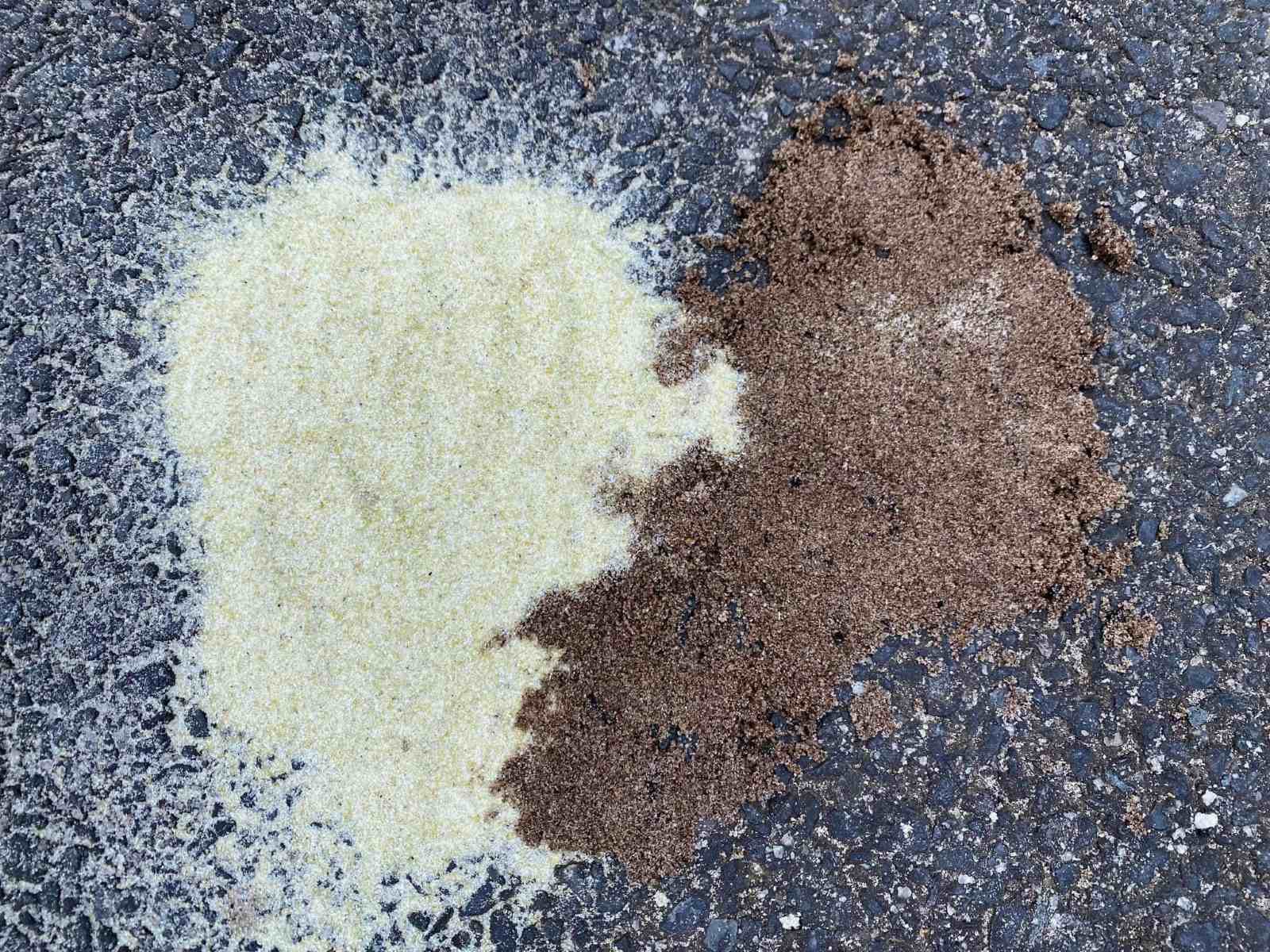
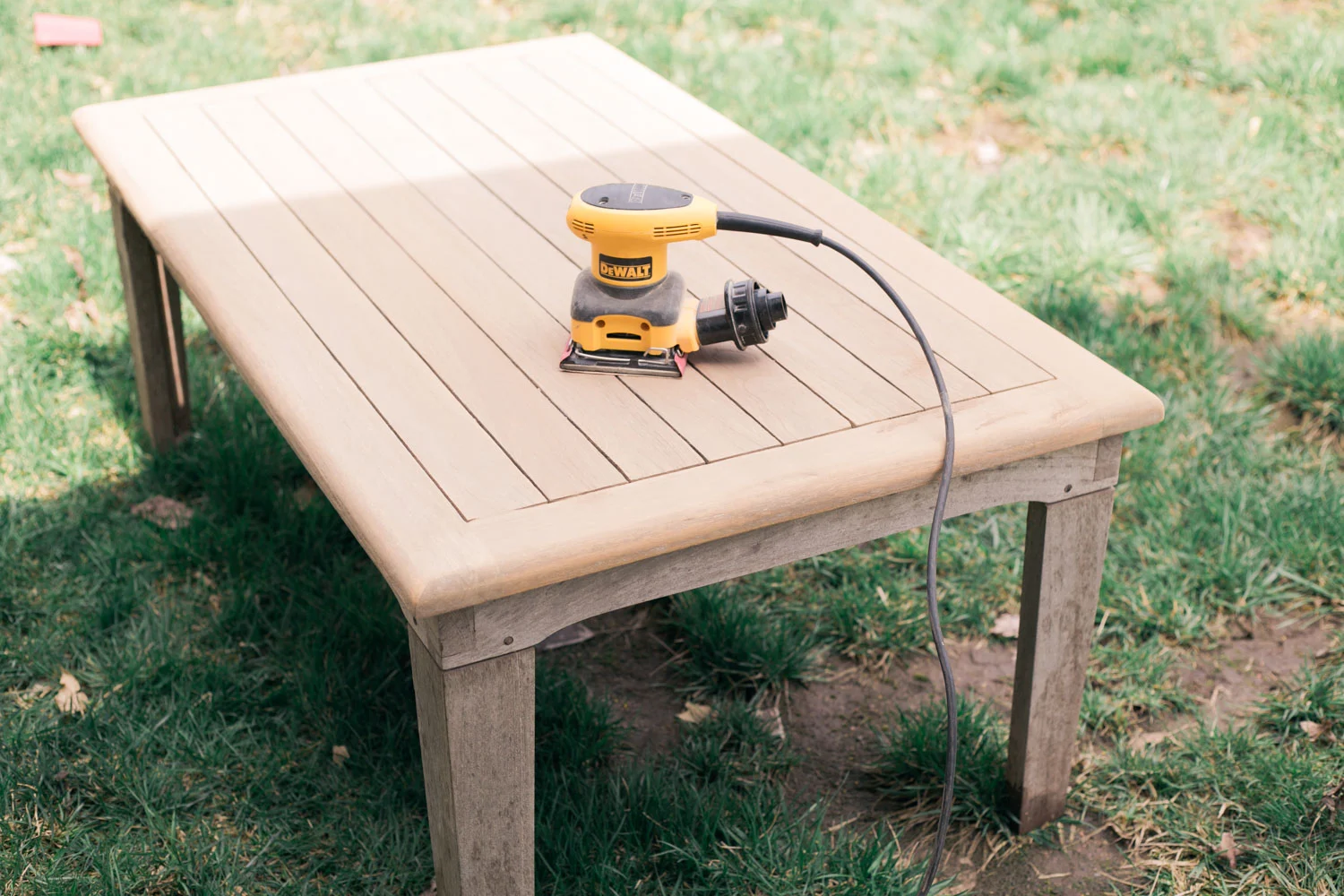
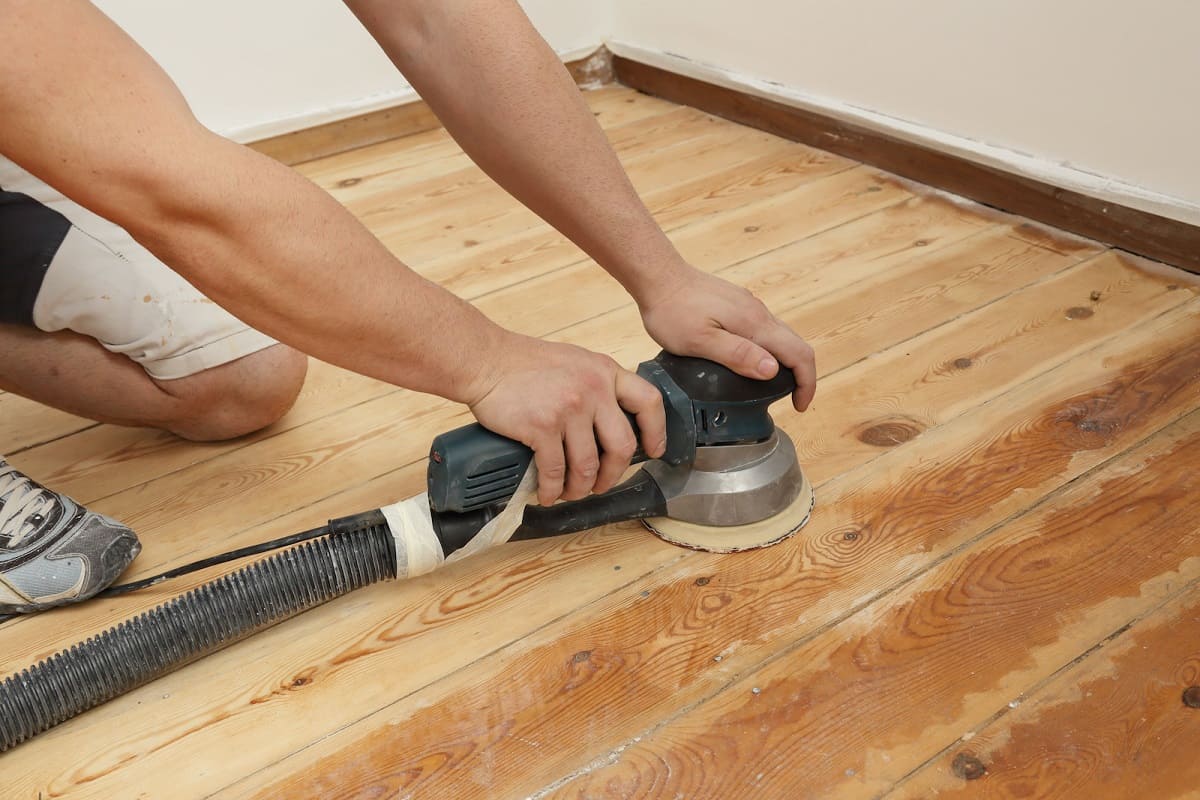
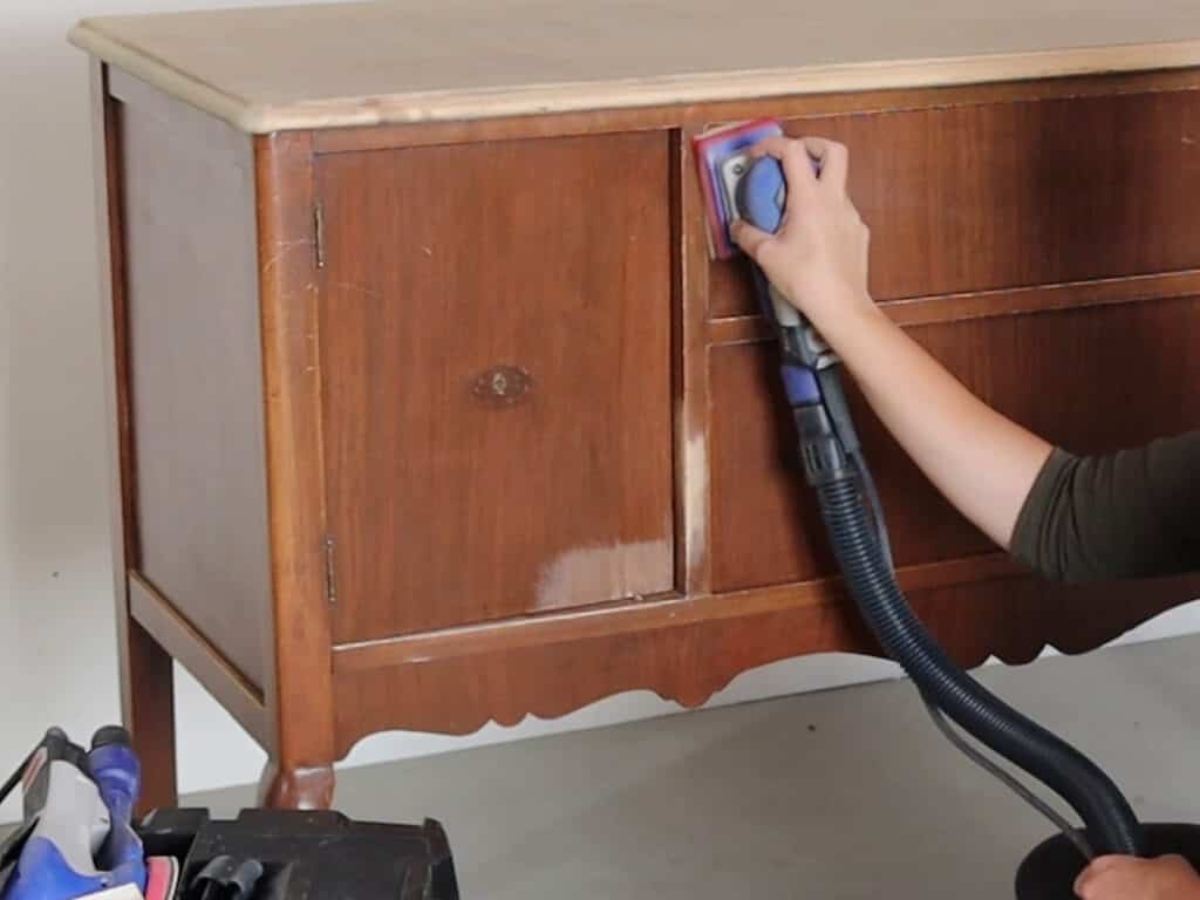
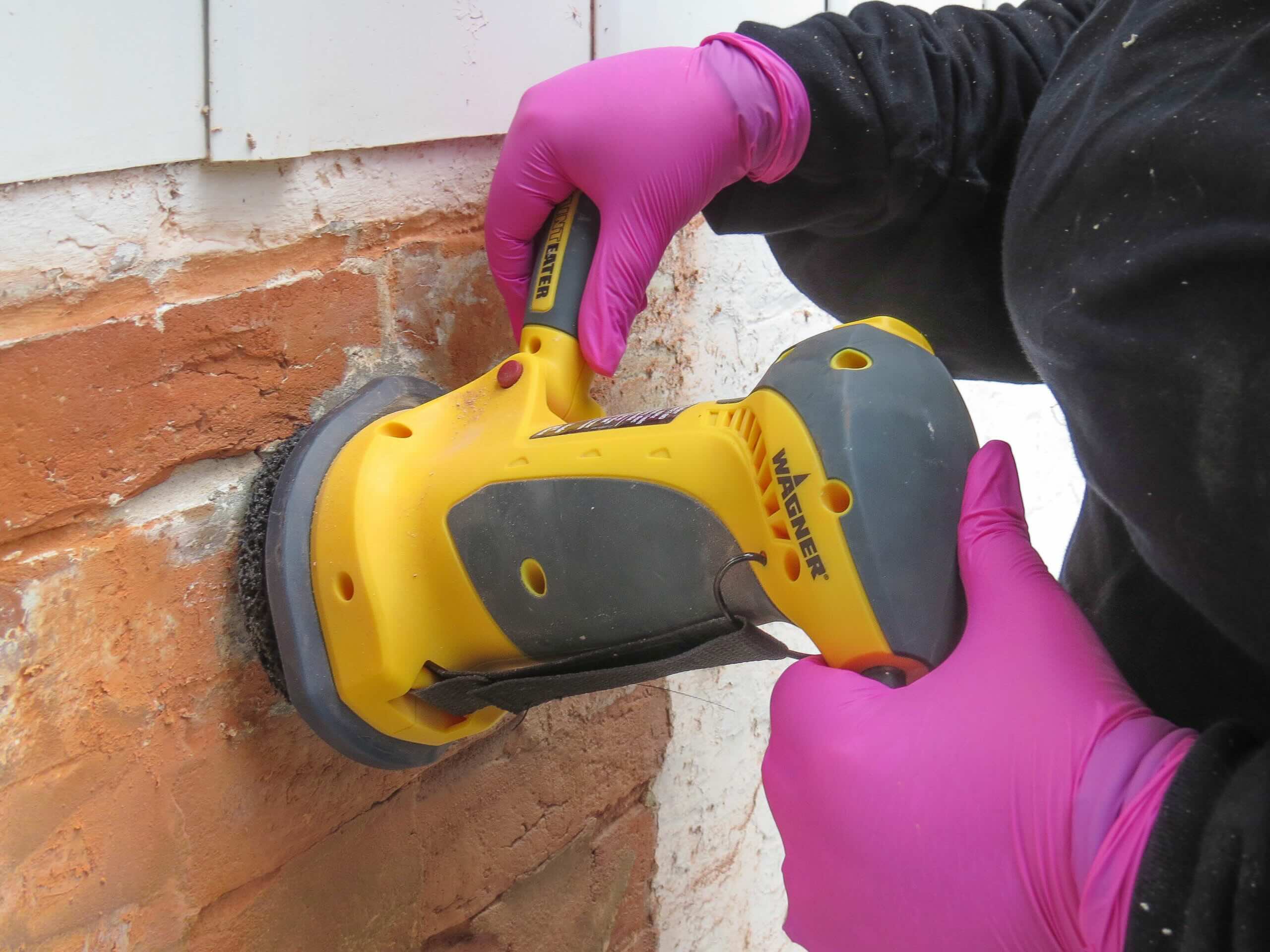
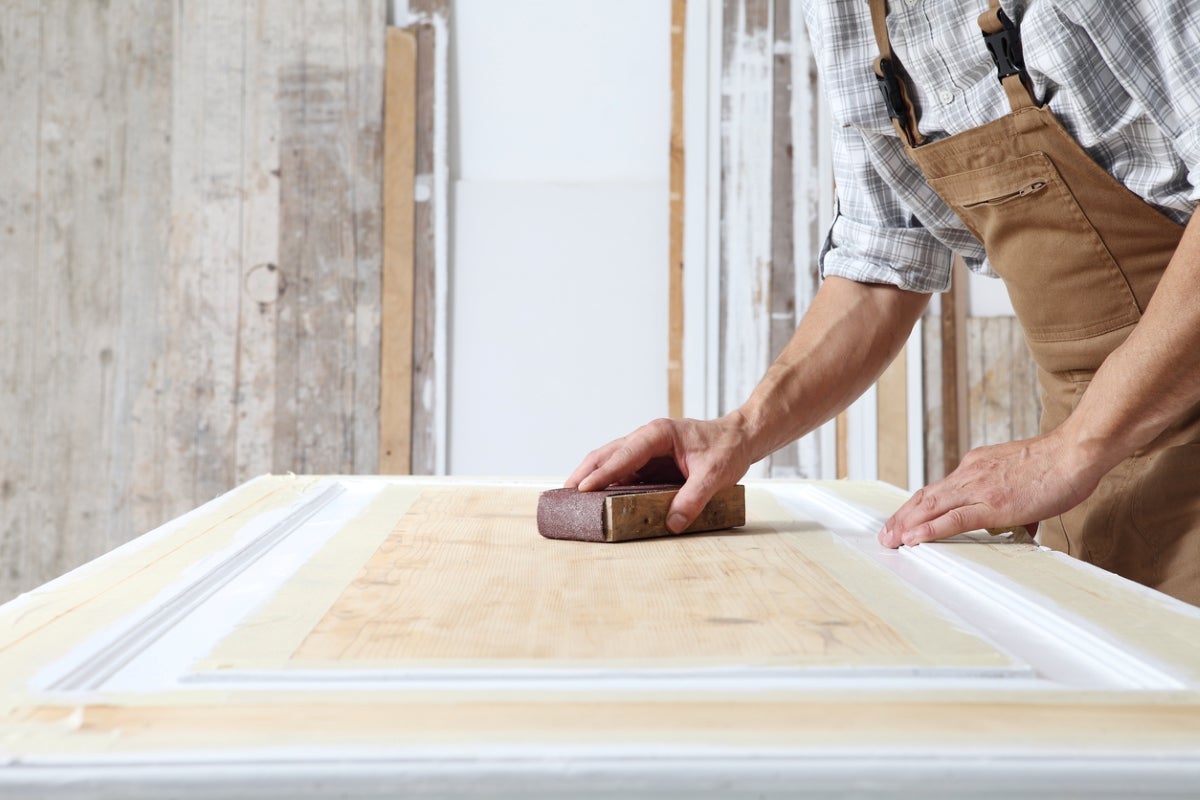

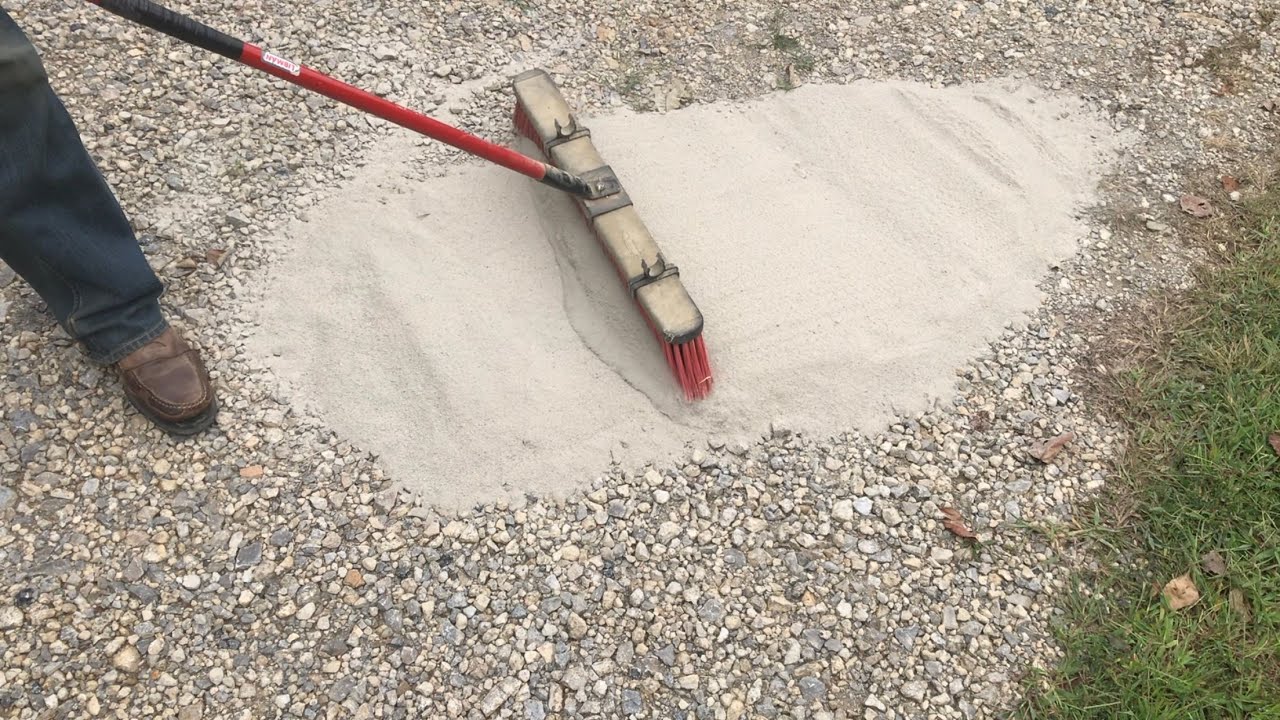
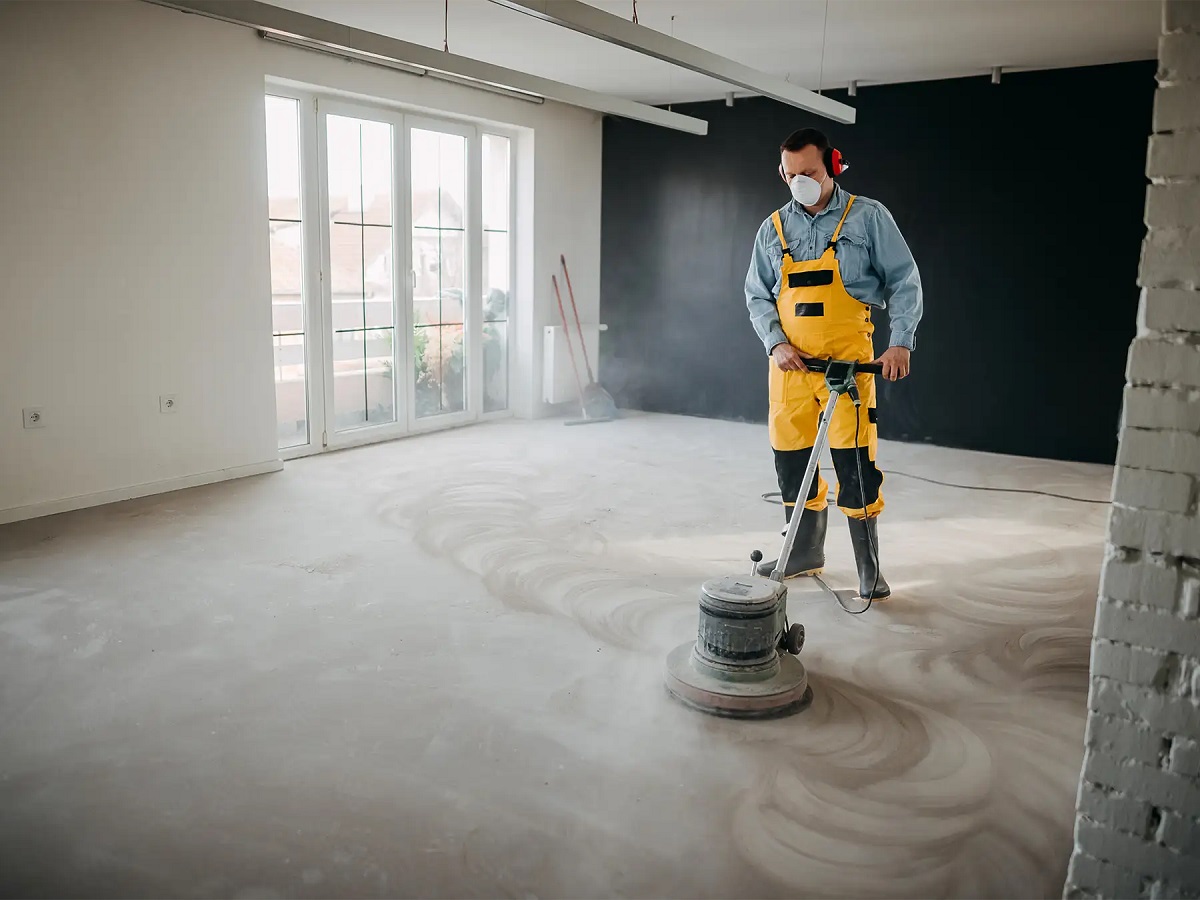
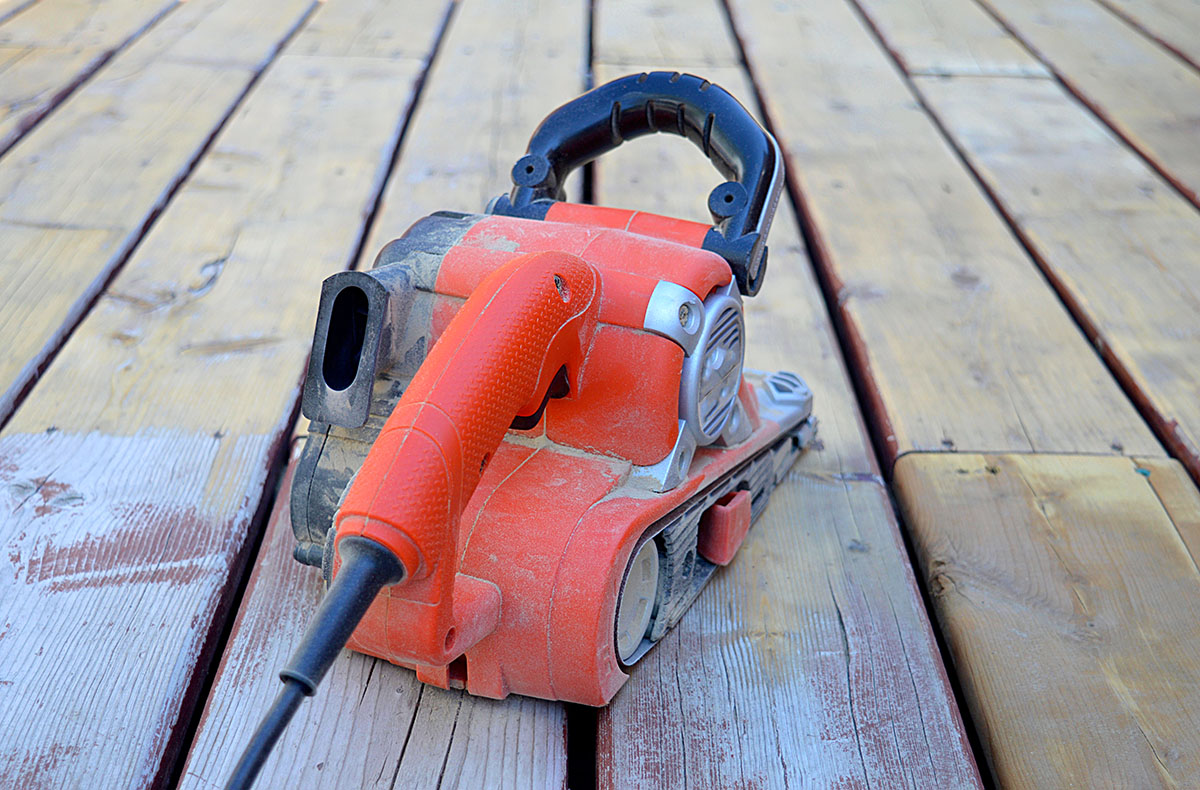
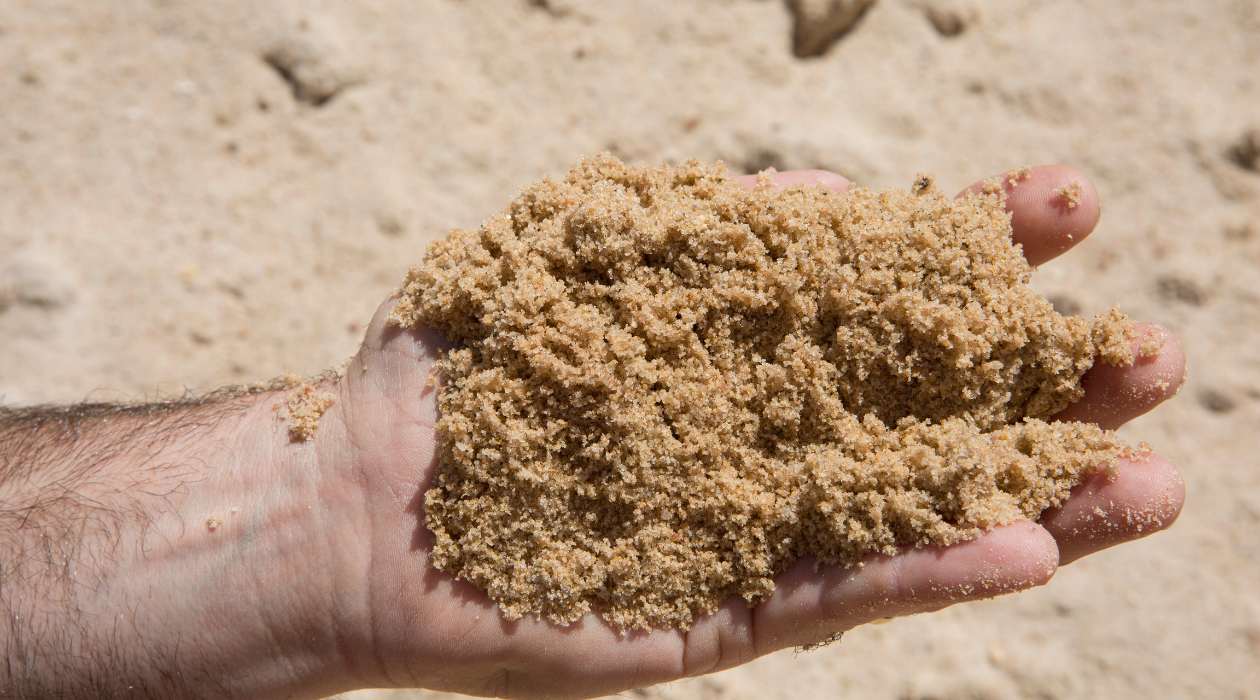
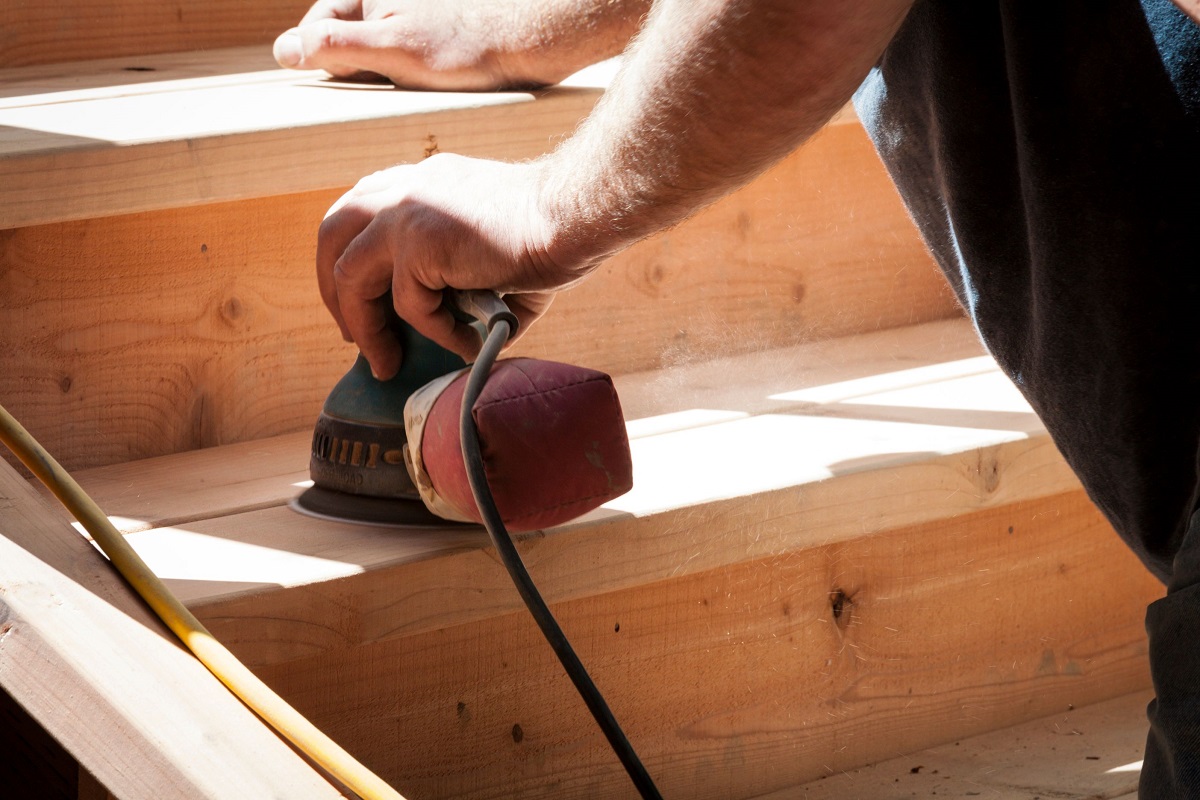

0 thoughts on “How To Store Kinetic Sand”